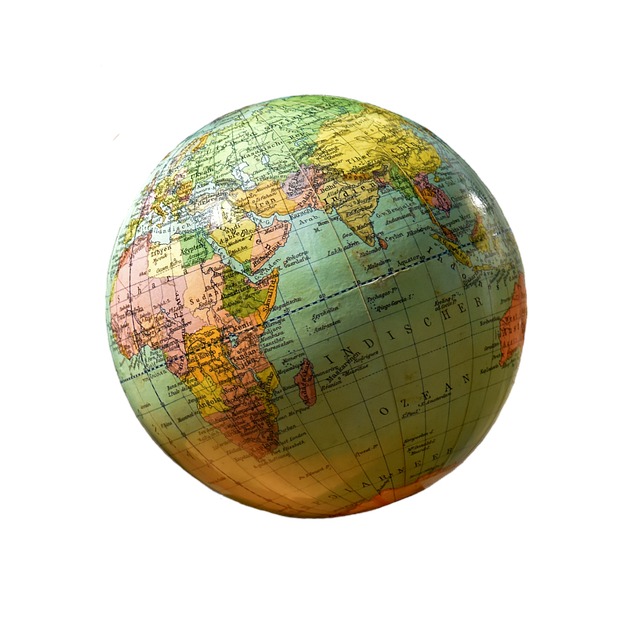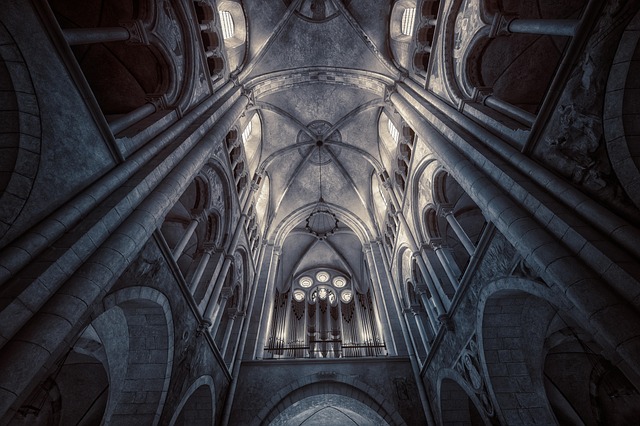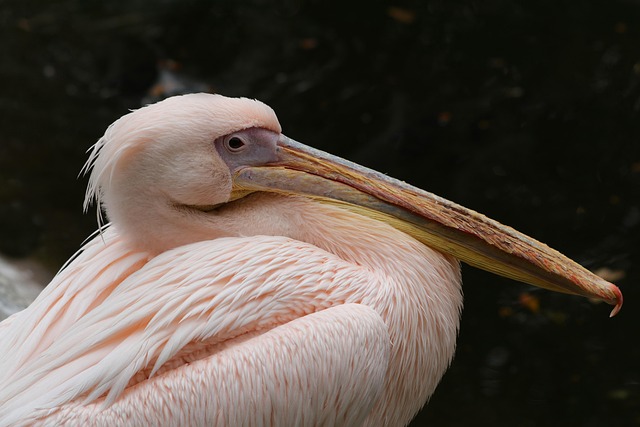In the vast landscape of fine arts and culture, the act of cropping serves as a powerful tool of expression. This seemingly simple technique allows artists to focus the viewer’s attention on specific elements within their work, often altering the perception and emotional impact of the piece. Cropping, whether in photography, painting, or digital art, transcends mere composition; it embodies a dialogue between the artist and the audience, encapsulating a moment in time, a feeling, or a broader cultural narrative.
Imagine standing before a large canvas, awash with color and movement. The artist, skilled in the subtleties of cropping, might have chosen to highlight just a fragment of a larger scene, drawing your eye to an emotion conveyed in a solitary gesture. This selective framing resonates deeply with viewers, urging them to ponder what lies beyond the visible edges of the work. As you engage with the piece, you find yourself navigating the fine line between what is shown and what is left unsaid, making the experience intensely personal.
In the realm of photography, cropping is not only an artistic choice but also a psychological one. A well-cropped image can evoke powerful emotions, creating a haunting narrative that speaks to the human experience. Consider street photography; each photograph often captures fleeting moments of life, culture, and authenticity. By cropping the image skillfully, the photographer can isolate a subject’s expression, turning an ordinary scene into an extraordinary commentary on society. Depending on what the photographer chooses to include or exclude, the interpretation of the moment shifts dramatically, revealing layers of meaning that resonate universally.
Cultural context plays a fundamental role in the art of cropping. Different cultures approach composition and framing uniquely, influencing how cropping is perceived and experienced. For instance, in some Eastern art traditions, leaving negative space can signify harmony and balance, inviting the viewer to reflect on the interplay between presence and absence. Conversely, Western art has often leaned towards tight, detail-oriented compositions, emphasizing clarity and focus. This cultural divergence demonstrates how cropping is instrumental in conveying ideas that reflect our differences and shared human experiences.
In contemporary digital art, cropping has evolved further with the advent of technology. Artists can manipulate images in real-time, experimenting with various crops to find the perfect balance between chaos and order. This immediacy opens the door to innovative explorations, where an artist can reshape reality with a click, adding a layer of immediacy to the traditional practice. As viewers, we are invited to engage not just with the final product but with the artist’s journey and their decision-making process. Each crop becomes a signpost of intention, guiding us towards a richer understanding of their vision, and prompting us to reflect on our interpretations of beauty, truth, and culture.
Ultimately, the art of cropping invites us into a world of exploration and introspection. It challenges us to question what we see and to appreciate the intricate relationship between the visible and the invisible. Whether we are artists ourselves or simply lovers of the fine arts, embracing the power of cropping enables us to delve deeper into the cultural narratives that shape our understanding of the world. Through this lens, we discover that art is not just about the finished product, but a continuous dialogue that evolves every time we engage with it.




